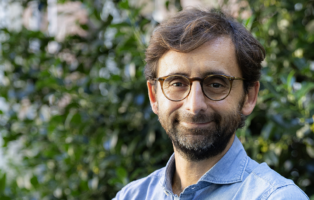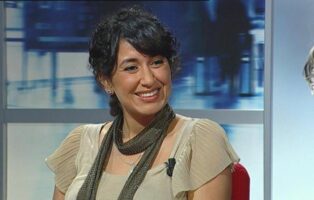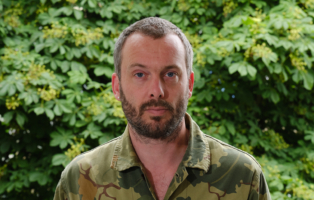John Boy
Urban Citizenship fellow

Project title
Urban Citizenship and Emerging Critical Technical Practices in Amsterdam
Research question
What critical technical practices are technologists in Amsterdam experimenting with, and how can they enable meaningful citizenship in the city?
Project description
Amsterdam has long been a focal point for critical technical practices due to its history as a hub for DIY approaches to digital networks. Hacklabs, civil society organizations, art academies, and academic centers and labs in the city are breeding grounds for new imaginaries and serve as important sites for experimentation with new practices.
Scholars have documented cases of contemporary experimentation by critical technologists in cities like Barcelona, but we lack detailed situated knowledge of critical use of computing in the city and how it is evolving.
John D. Boy hopes to understand practices that have been getting increased attention recently, such as community servers and permacomputing. These practices frequently complicate how critical technologists relate to the free and open source software (FOSS) movement, long a frame for critical technical practice, also by providing the vision of an “open source city.”
Boy will map emerging critical technical practices through ethnographic fieldwork with various communities of practice, and explore ways these practices can contribute to equitable digital infrastructures in the city in conversation with municipal officials.
Selected publications
- Boy, John D. and Justus Uitermark, On Display: Instagram, the Self, and the City. New York: Oxford University Press, 2024.
- Boy, John D. and Justus Uitermark, “Reassembling the city through Instagram,” Transactions of the Institute of British Geographers 42, no. 2 (2017): 612–624, https://doi.org/gcj963.
- Boy, John D., “The Axial Age and the Problems of the Twentieth Century: Du Bois, Jaspers, and Universal History,” The American Sociologist 46, no. 2 (2015): 234–247, https://doi.org/bj5m.
-
 Fellowship
FellowshipUrban Citizen Fellowship
-
 Fellow
FellowChristian Iaione
-
 Fellow
FellowMiriyam Aouragh
-
 Fellow
FellowDirk Vis